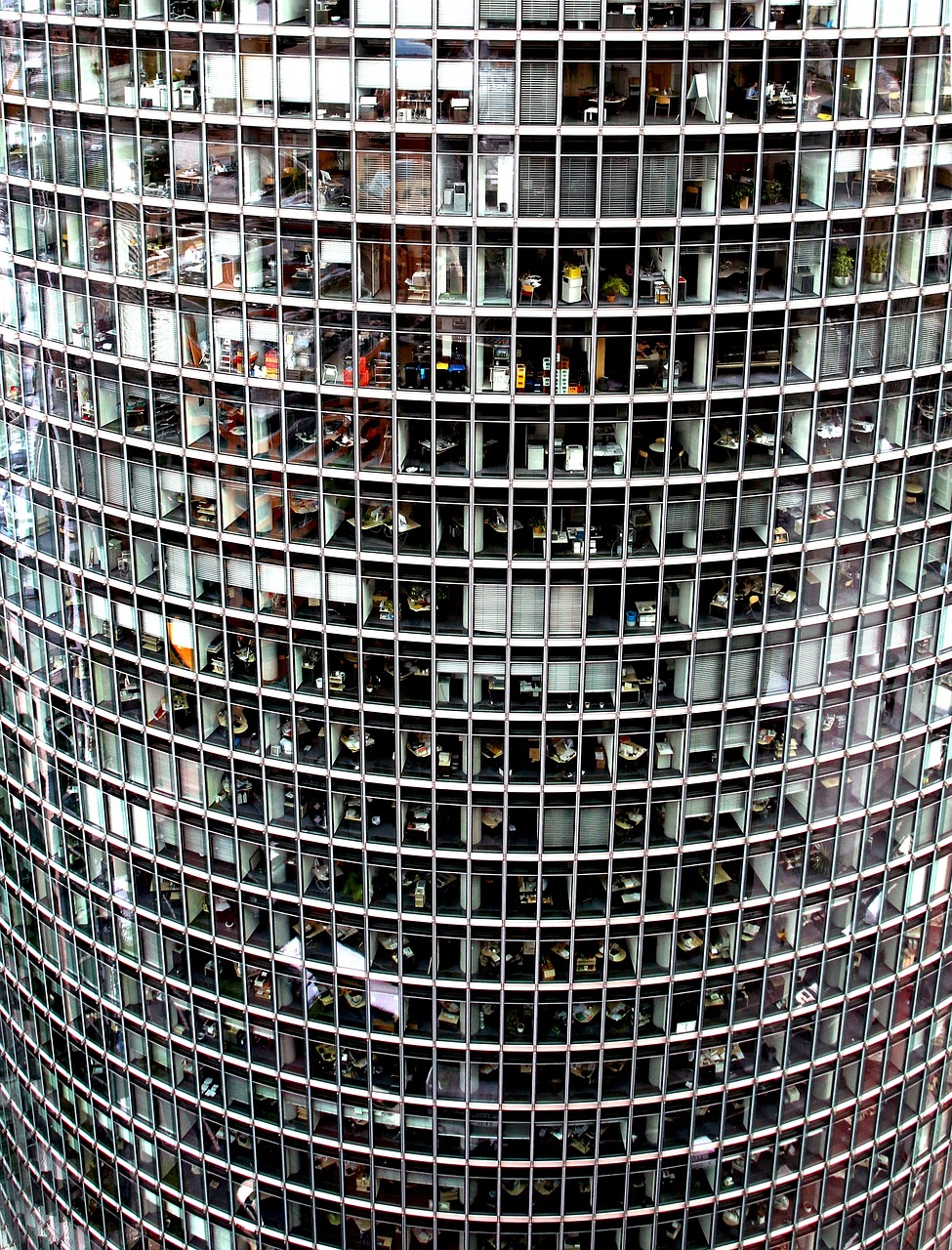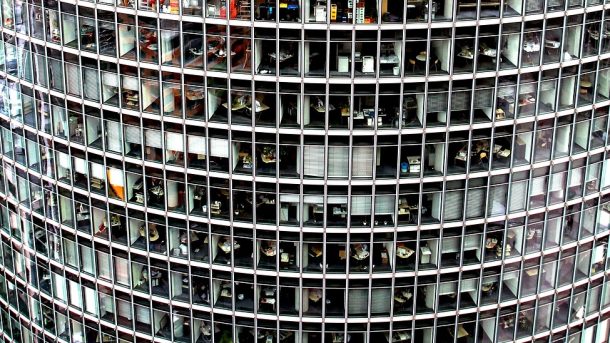
Gwede Mantashe, who has the policy and legal powers to procure additional energy, has extolled the virtues of floating power plants as an emergency solution to ease unrelenting blackouts.
The energy minister has again signalled his support for the controversial and emergency deal, saying South Africa should be open to any opportunity to generate megawatts (MW) to deal with the energy crisis.
“We have seen Karpowership working in other countries but here [in South Africa] they are not allowed. We must have Karpowership plants to deal with load shedding,” he told an energy conference in Cape Town on 17 May.
Karpowership is a Turkish firm that builds, operates and owns a fleet of floating powerships that are moored in Ivory Coast, Sierra Leone, Senegal, Ghana and elsewhere. They use gas as fuel to generate electricity, which can then be fed to the national grid via cables or transmission lines to substations on the shore.
Mantashe’s Department of Mineral Resources and Energy clinched a deal with the company in December 2019 to provide 1,220MW to South Africa. This was done through the department’s programme of procuring 2,000MW of additional power in 12 to 18 months with 20-year contracts. Karpowership would have ship-mounted power plants in Coega near Gqeberha, Richards Bay and Saldanha.
Legal action
But it has been stalled from supplying energy to South Africa for the past three years by legal action, tender irregularities and appeals by activists over environmental approvals and concerns, especially the impact of powerships on local fishing communities.
Mantashe is prepared to find a way around the legal challenges to Karpowership, saying the government has the appetite to “endure” such pushback and setbacks.
“We have explained to environmentalists that they are entitled to breathe clean air. But they will continue to breathe clean air in darkness if we don’t solve the load shedding problem,” said Mantashe.
He previously said blackouts could be over by the end of the year if floating power plants were embraced. The thinking is that it might take up to four months to get them to start providing electricity, subject to approvals from energy regulator Nersa. At best, power from Karpowership would be available from September — long after the high electricity demand season of winter has ended. In other words, Karpowership would not be an appropriate stopgap measure to deal with rolling blackouts this winter.
Eskom would also be involved as it would have to provide grid access. Asked whether Eskom was reserving grid capacity for Karpowership, acting CEO Calib Cassim said it would take its cues from Mantashe’s department and follow its guidance on powerships.
But Mantashe seems ready to go ahead with solidifying a relationship with Karpowership. “As the department [of Mineral Resources and Energy], we are ready to participate in the emergency procurement which was blocked by environmentalists,” he said.
In recent days, the company’s ships have received broad support from members of President Cyril Ramaphosa’s Cabinet. Ramaphosa himself touted powerships — without expressly naming Karpowership — as a solution to SA’s rolling blackouts.
In answering a parliamentary question, Ramaphosa said he had witnessed other African countries immediately solve their energy insecurity problems by embracing powerships. “And I do believe that that is the way to go right now, to add those megawatts that we don’t have,” he said.
Public Enterprises Minister Pravin Gordhan, who is in charge of the governance affairs of Eskom, agreed. “If someone can supply 500MW to 1,000MW, which is at the right price in our current environment where we are short of megawatts? We must take it if the commercial terms are right.”
20-year contract doubts
A senior government official told Daily Maverick that agreeing to a 20-year contract with Karpowership would not be appropriate for South Africa’s energy needs, and it might cost taxpayers as much as R10.9-billion a year. SA’s energy needs might change over the next three to five years, the point at which the country might be energy secure. But it would still be on the hook for payments to Karpowership.
“We are having discussions at a government level on having a three-and-a-half-year-long contract… instead of two decades,” said the official, adding that no firm decision had been taken by the government. This will be a challenge as Karpowership prefers to sign long-term contracts.
Daily Maverick’s Tony Carnie recently reported that the government had already taken demonstrable steps to forge ahead with Karpowership despite opposition. It has reportedly rammed through a “special directive” ordering the state-owned transport group Transnet to find space for three powerships in the Coega harbour for the next 20 years.
The Transnet National Ports Authority, which manages ports, opposed any long-term plans to moor powerships in Coega because it had earmarked limited harbour space for its port expansion plans.
This is just one example of how determined the government is about including Karpowership in South Africa’s energy mix. For now, the firm continues to lodge applications with the government to moor its powerships, the latest with the Department of Forestry, Fisheries and the Environment, for it to set up a 320MW plant in Saldanha port. DM
This story first appeared in our weekly Daily Maverick 168 newspaper, which is available countrywide for R29.

.



